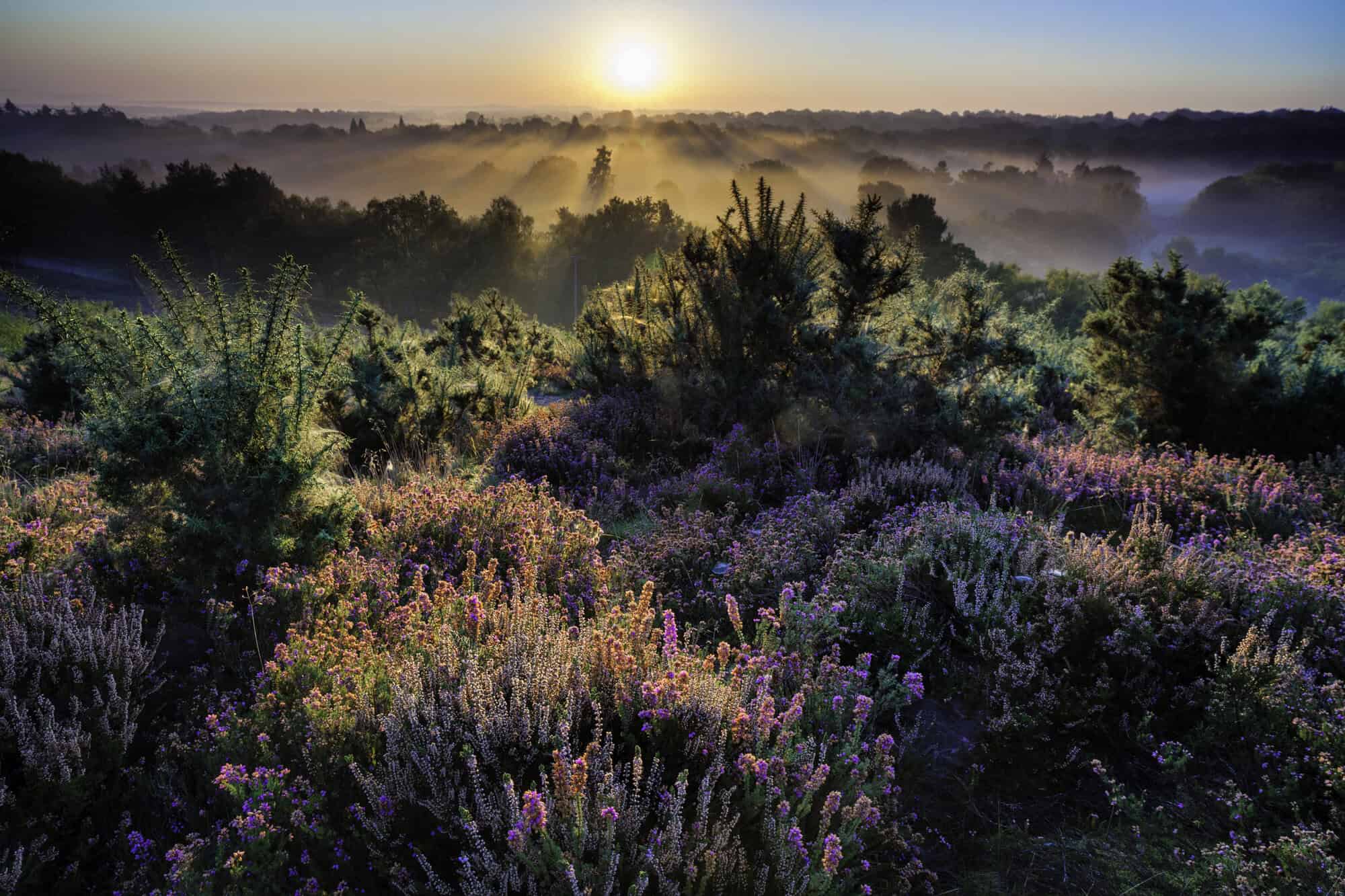
Dry mixed recycling
The table below shows the contents of an average dry mixed recycling bin in Surrey.
| Type of waste | Proportion of average dry mixed recycling bin |
|---|---|
| Food and drink cartons | 0.2% |
| Glass | 29.3% |
| Metal tins and cans | 4.2% |
| Paper and card | 43.4% |
| Plastics | 9.4% |
| Contamination, i.e., waste that can’t be recycled | 13.5% |
*Note that Reigate and Banstead Borough Council collects paper and card separately from other dry mixed recycling and Epsom and Ewell Borough Council collects glass separately
How much dry mixed recycling was produced?
162,584 tonnes of dry mixed recycling was produced in 2020-21. However, nearly 30,000 tonnes of it went into rubbish bins. The most common types of dry mixed recycling found in rubbish bins were paper and card, plastics and glass.
The table below relates to recycling collected from households plus all recycling collected at recycling banks, which includes items such as paper, glass and plastic as well as textiles and small electricals. This is known as dry recycling. The areas of Surrey that produced the most amount of this waste per household were Surrey Heath and Waverley with the least being Woking and Runnymede.
| Area | Dry recycling per household (kg) |
|---|---|
| Elmbridge | 241 |
| Epsom & Ewell | 259 |
| Guildford | 236 |
| Mole Valley | 245 |
| Reigate & Banstead | 248 |
| Runnymede | 217 |
| Spelthorne | 219 |
| Surrey Heath | 281 |
| Tandridge | 277 |
| Waverley | 278 |
| Woking | 208 |
What happens to Surrey’s dry mixed recycling?
60.9% of dry mixed recycling put into household recycling bins was recycled in the UK.
When residents put waste into recycling bins, it is taken to a materials recovery facility where it is separated:
- Glass is taken to another facility where it is sorted from other types of waste then crushed, melted and turned into new bottles or jars or used to create aggregate, which is used in construction.
- Paper and card is taken to a paper mill where it is turned to a pulp, which is then turned into new paper.
- Plastics are taken to a reprocessing facility where they are either melted down to create pellets, which can be moulded into new plastic shapes or shredded so they can be used again.
- Metal tins and cans are first separated into aluminium and steel products. Aluminium items are shredded into small pieces, heated and then made into new metal items. Steel items are combined with molten iron, heated up then made into new products such as bikes, cars and drinks cans.
Is all dry mixed recycling actually recycled?
Almost all the waste put into recycling bins is recycled and turned into new products. However, the table at the top of the page shows that 13.5% of waste that went into recycling bins in 2020-21 was items that can’t be recycled. When this happens, it can cause big problems because it is difficult to separate the good recycling from incorrect items such as black sacks and nappies, which might mean that an entire truckload of recycling is treated as rubbish and not recycled.
If all that waste had gone into the rubbish and not the recycling bin, it would’ve saved Surrey councils around £1m because it is more expensive to treat waste as rubbish than to recycle it.
Similarly, waste that can be recycled but is put into rubbish bins is unlikely to get recycled. This is because it is much harder to sort through and will be contaminated by other waste, such as food.
How can Surrey residents make sure they’re recycling right?
Some top tips for residents to make sure they recycle right include:
- Regularly update knowledge, as advice on what to do with waste can change.
- Keep recycling clean, dry and loose – with nothing in bags, sacks or liners.
- Keep food waste, garden waste, electricals, batteries and textiles out of recycling bins. They are collected separately in most areas.
There are lots of resources that residents can use to find out which items should and shouldn’t go in recycling bins:
- Residents can enter their postcode and the item being thrown away into the Surrey Recycles search tool on the SEP website to find out which bin it goes in. It can also be downloaded as an app from the App Store and the Google Play store.
- Once a year in October and November, every council in Surrey sends its residents a printed leaflet with information on bins and recycling. Residents should look out for it on their doorsteps, keep it and maybe even stick it up somewhere visible for easy reference.
- Residents can play the Recycle Right waste sorting game on the SEP website and test their knowledge of which items go in which bins.

